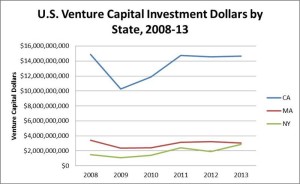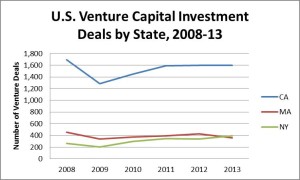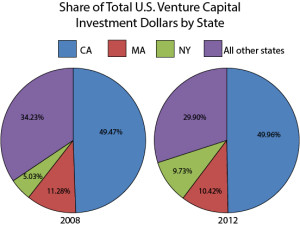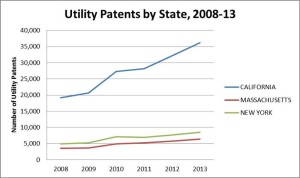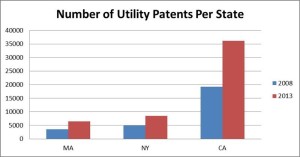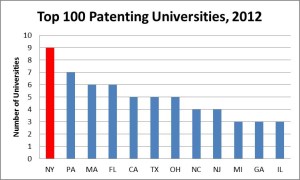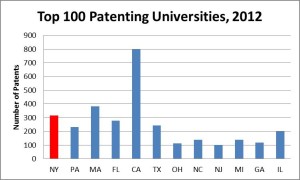Anyone who uses a patented invention without authorization is liable for patent infringement under patent statute 35 U.S.C. § 271(a). There is a longstanding common-law exception to this provision. The experimental use exception allows for de minimis use of a patented invention when the purpose is experimental. However, within the last twenty years, the Federal Circuit has addressed numerous experimental use issues and its decisions have made the common-law experimental use exception inoperable in most practical situations.
In Roche Products, Inc. v. Bolar Pharmaceuticals Co. (1984), Roche, a brand-name pharmaceutical company, sued Bolar, a generic drug manufacturer, for using Roche’s patented chemical. Bolar used Roche’s patented active ingredient in experiments to determine if its generic product was a bioequivalent. The Federal Circuit held that the experimental use exception did not apply because Bolar intended to sell its generic product in competition with Roche’s product after patent expiration and thus conducted experimentation solely for business interests. It also concluded that experimentation conducted in pursuit of FDA approval was an inherently commercial purpose in furtherance of a business agenda.
The court further narrowed the exception in 2000 in Embrex v. Service Engineering Corp. Embrex had the exclusive license to a patent directed at vaccinating birds from disease while still in the egg. In an attempt to design a method around the patent, Service Engineering Corp. inadvertently crossed over into Embrex’s patent scope. Although its method had failed, the Federal Circuit still found the inadvertent use to be infringement. The court recognized early precedent for exceptions for amusement, satisfying idle curiosity or strictly philosophical inquiry. However, the court still held that Service Engineering Corp. had conducted the tests in furtherance of its business venture and that experimentation done expressly for commercial purposes cannot be immunized from infringement under the experimental use exemption.
The Federal Circuit again limited the experimental use exception two years later in Madey v. Duke University. Madey, a research professor at Stanford University, owned a patent to two free electron lasers. He then brought the lasers with him to his new position at Duke University. Duke University continued to use the equipment after Madey resigned. The Federal Circuit reversed the lower court’s grant of summary judgment of non-infringement ruling that because Duke was a major academic institution in the business of research and education, the lower court should determine if the educational purpose was in the scope of the exception. On remand, the lower court found that even though the use of the patented invention was for educational purposes, it was still at least in part in furtherance of a legitimate business purpose and therefore did not qualify for the exception.
Based on the Madey decision, it appears that the Federal Circuit precludes experimental use of patented subject matter by all non-profit research organizations including federal laboratories, research foundations, and research hospitals. Further, these cases render any use of the patented invention for testing, designing around a patent, or in pursuit of scientific knowledge too closely related to business interests to be infringement. The only remaining scenario where the experimental use exception may be used is in the case of an individual’s general interest without any intention to profit. Even in this scenario, the use must only be de minimis, small-scale tinkering.
In reaction to Roche, Congress enacted the Drug Price Competition and Patent Term Restoration Act of 1984 (“Hatch-Waxman Act”) that passed an amendment codified as §271(e)(1) termed the “Safe Harbor Provision.” This rule exempts from infringement use of a patented invention solely for “uses reasonably related to the development and submission of information under the Federal Law which regulates the manufacture, use, or sale of drugs or veterinary biological products.” The Safe Harbor Provision is seen as a reversal of Roche. This allows generic drug companies to experiment with patented brand name drugs to make bioequivalencies, but actual submission of the data to the FDA would constitute an act of infringement. The exception expands over everything submitted to FDA, including medical devices.
The U.S. Supreme Court determined the scope of §271(e)(1) in Merck KGaA v. Integra Lifesciences I, Ltd. (2005). The Court held that the research must be “reasonably related” to the pursuit of information that would be used in FDA applications to qualify for the §271(e)(1) exception, even if the research at issue was ultimately not submitted to the FDA. It is important to note that neither §271(e)(1) nor the common-law exception were addressed by the Leahy-Smith America Invents Act (AIA) or its legislative history. Consequently, the USPTO has not taken a stance on whether the AIA changes the applicability of these exceptions. Most experts in the field advise inventors against relying on the experimental use exception except to the extent that §271(e)(1) applies.

